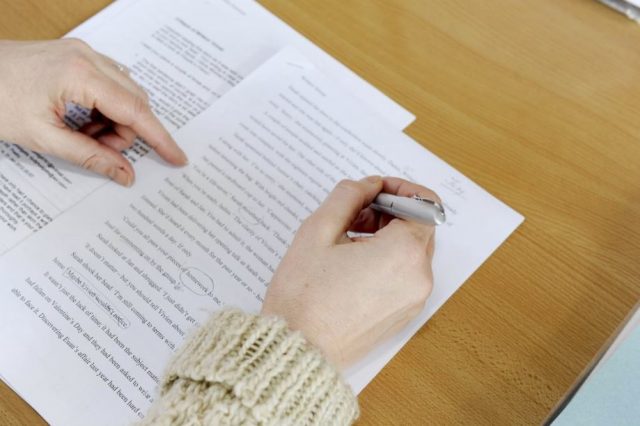Psychology research papers belong to one of the most popular academic assignments among college students. The procedure of this paper writing resembles any other academic assignment accomplishment. Still, it has some peculiarities. This paper might embarrass a little in case it is the first paper a student has to cope with. That is why we provide you with expert tips which can help you get a supreme psychology research paper written from scratch.
Type of Assignment You Are Going to Write
Before you proceed to write ask your tutor what paper type is demanded. There are two common types of papers typical for research on psychology.
1.Lab Report
This type of paper requires an empirical approach. It means that it should reflect the knowledge a student has got during some experiment. It mirrors real experience. As a rule, such work needs APA or similar to its writing style. It should include a title page which presents the main data about the paper (name, information about the author, group, etc.), up to 200-word paper presentation (abstract), the introductory section, the part explaining the method choice, one part to present results and one for discussion of the outcome, and the bibliography.
2. Review of Thematic Literature
This paper type does not require original research. Here a student reads and analyses the already existed sources regarding the chosen research topic. Usually, a tutor should specify the number of sources a student should survey and analyze. There should be also the limit of citations, including their length, a student is allowed to apply in the paper. Such paper usually takes from eight to twenty pages. The number of citations varies from five to twenty.
The structure of such paper comprises the introduction, the body section, the discussion part followed by implications and summarising.
The first introductory component should begin with a generalized question that later leads to a concrete researched area. A student should provide the reader with detailed information presented in each literature she or he has studied. The paper needs the comparison of sources. That will help a student implicate them and drive a reasonable conclusion.
The Main Topic Selection
The next step is to specify the topic for the research. A tutor usually gives hints or even some concrete idea for the paper. That is not a good idea to choose a topic that covers too many issues. It will be rather challenging to make the paper really worthy and discuss all issues within 8-25 pages. For example, instead of discussing the generalized notion of adaptation process it is better to specify it to some concrete situation like mental problems a student might suffer when adapting to a new lifestyle.
A student should create both personal thesis statement and prove its idea with a thorough investigation.
Proper Strategy Developing
A student should not present all information found in resources. It is necessary to concentrate upon the data which concerns the topic only. It is required to write down pages first, count whether a student has enough sources for the paper and then to create the bibliography. A student can complicate the research if he or she would look for sources to cite when writing a paper. It might take much time. In addition, students often cite and forget to write down the name of the source and page.
That is why it is necessary to analyze and write down names and pages of good sources first and then proceed to paper writing.
Outline Creation
Experts state that an outline creation brainstorms ideas and assists in the logical paper formulation. It is a kind of work planning and framing. It helps to avoid frustration and long breaks in writing. Having a proper outline a student is ready to start paper creation. It is also required to mention pages of sources a student is going to use in this or that section.
By the way, an outline shows whether a student is able to support the thesis statement with enough facts. That is why an outline must appear after a student has analyzed the required literature. A good outline divides a paper into three main parts (introduction, body, and conclusion). Subsections can be added after that regarding the surveyed materials or results of the experiment.
Four Last Important Steps to Follow
Each student should do four next things:
- draft
- adjust the paper to the proper formatting
- reread
- correct
Only genius students can write a paper without editing. Other students revise and rewrite the paper in order to find weak or improperly explored issues. Usually, a student makes remarks on margins where some correction or improvement should take place. Luckily, we live in the XXI century and all papers are to be typed. Many years ago a student had to rewrite manually. Each correction was real torture for them. Today everything we need is just to find the sentence in its electronic variant and add or delete something.
There many colleges which do not demand printing variants of the paper like it used to be a few years ago. Nowadays a student should make PPT present the crucial points of the investigation in most cases.
Most papers on psychology require APA or ASA style. A student should know their demands to cite and present the paper properly. Neglecting the formatting issue a student risks getting lower grade even if the research is excellent.

A professional writer with over a decade of incessant writing skills. Her topics of interest and expertise range from health, nutrition and psychology.


